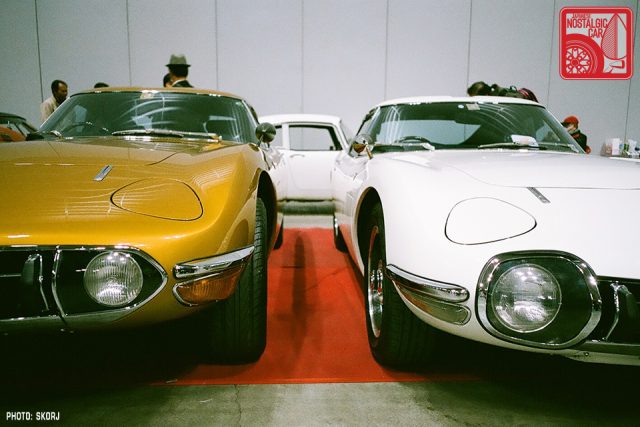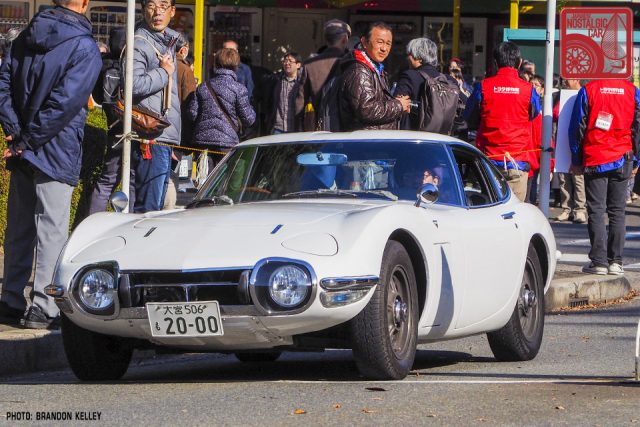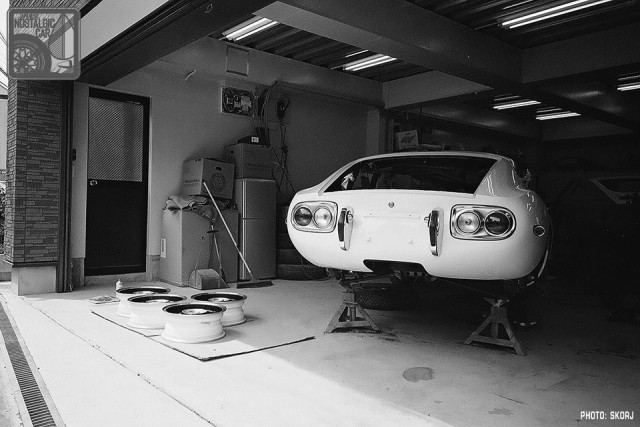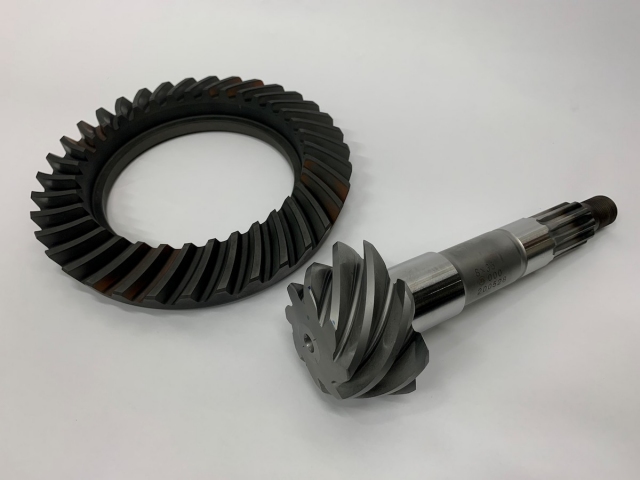Toyota announced in 2019 that it would reissue parts for the A70 and A80 Supra. Last month, they added the 2000GT to the GR Heritage Parts Program. The initial list for each model is pretty short, to be honest, and a recent interview with Toyota employees working on the program reveals why.
For the 2000GT, Toyota isn’t just making “easy” parts like gaskets or weatherstripping. They’re actually investing substantially in hardware like gears and synchronizers for the 5-speed gearbox and final drive gears for the differential.
The Japanese website Car Care Plus talked with several individuals involved with Toyota’s GR Heritage Parts Program, including Toshiharu Aiko, head of the powertrain development office and the man responsible for remaking parts for the Toyota 2000GT’s transmission.
The choice to begin with these parts came from interviews with members of the Toyota 2000GT Owners Club of Japan, as well as professional shops that have worked on and maintained these rare machines. Speaking with them, Toyota realized that these were some of the most crucial parts necessary to keeping these cars on the road.
As Mr. Aiko explains in the interview, because the 2000GT is more than 50 years old, the individuals who worked on the 2000GT originally have long since left the company. Back then, before the age of computer-aided design, all blueprints were drawn by hand. Thus, Mr. Aiko started by searching for the original drawings of these parts.
The team operated under the assumption that they would never find the blueprints, and were prepared to reverse engineer the parts based on information in the parts catalog. However, during this process they found the drawings, and were able to reference them in the manufacturing process.
Still, it was impossible to remake the parts using current mass production techniques, given the small volume. Instead Aiko went with the process Toyota uses to create prototype parts.
Aiko says that Toyota doesn’t have plans to remake every part of the transmission. Heritage parts like the synchros are made to be reused the sturdier parts of the transmission, but the team imagined what even the most worn and damaged gearbox might look like and ensured that these parts would be compatible.
Incidentally, Car Care Plus confirmed that these parts are wholly compatible with 5-speed versions of the Corona-based Toyota 1600GT. That twin-cam version of the RT50 Corona, which was often campaigned Toyota’s early racing efforts, were available in both four- and five-speed manual transmissions. The so-called GT5, equipped with the 5-speeds, used the same transmission as the 2000GT.
Car Care Plus also talked with Kiyonari Ishikawa, head of the Powertrain Development Office, who was in charge of the 2000GT’s differential heritage parts. Ishikawa joined Toyota in 1987 and actually worked in the department that still made pinion gears for the 2000GT, and he was able to shed some light on how Toyota’s parts production pipeline works.
There is no set time for how long a part stays in production after the end of a particular model, Ishikawa said. It varies from model to model, based on how many orders there are. “Toyota’s policy is basically to supply parts as long as the customer is there,” he stated. “Even for older cars, if we receive a certain number of orders, we won’t discontinue them.”
Back in 1987, Ishikawa was assigned to the Engineering Department at the head office plant. There, he remembers a machining line for the ring gear for the 2000GT’s differential, even though the 2000GT had been discontinued nearly two decades earlier, in 1970. The jigs and cutters were still kept in the factory, “ready to respond to orders when they came in.” Then the orders dried up. In fact, they still kept the jigs and tools around for years after, but eventually, with no ring gear orders, they had to remove the jigs, tools, and facilities used to produce them.
Ishikawa says it was “quite difficult” to restart production of the ring gears again. It was only possible with “the cooperation of the owners, the suppliers, and the equipment environment.” Nowadays, there are more advanced manufacturing techniques and better tooth profiles.
Ishikawa could have easily created a superior ring and pinion gear, but “it would be meaningless if the shape of the gears were different from the original.” Even the original company logo was replicated. He wanted to stay true to enthusiasts’ respect for originality, even on parts that would never be seen once installed.
It’s not surprising that Toyota is facing some of the same challenges that Honda did with its Beat Parts Program, but we’re glad they’re rising to the challenge. The article did note that due to the coronavirus, there is a possibility that some items from the GR Heritage Parts Program won’t be available until 2021.
For the 2000GT, to prevent speculators from hoarding parts, buyers must prove ownership with a certificate of inspection to place an order. The parts can be ordered from Toyota in Japan, North America, and Europe through the GR Heritage Parts website.














Hope they will reproduce body parts for 1stgen celicas in near future .
Probably not. However there are probably cheap Chinese replicas out there.
I understand that Nissan isn’t quite reproducing all the parts they said they would for the legacy GT-Rs, too. There seem to be difficulties.
A little fun tact is that Toyota used the taillights off their buses on the 2000GT.
Toyota, like Honda needed to LET OWNERS KNOW that they were able to order parts, which would then be produced in batches when suitable numbers accumulated. Many Honda S600/S800 owners found out too late (or were unaware to this day) that Honda had this facility in place, and I’d be willing to bet it was the same situation with classic Toyota owners. Lack of effective publicity about those services meant lack of the quantity of orders required that would sustain such systems.
I just want trim pieces for my 1990 Camry. Most of it is still solid, but I need the little air vents in the package tray and a few other plastic bits like that.
You’re more likely to find these parts at an auto dismantler.
Do you know as to where I could buy engine parts for my Toyota corona twin cam gt coupe 1600 any assistance would be appreciated